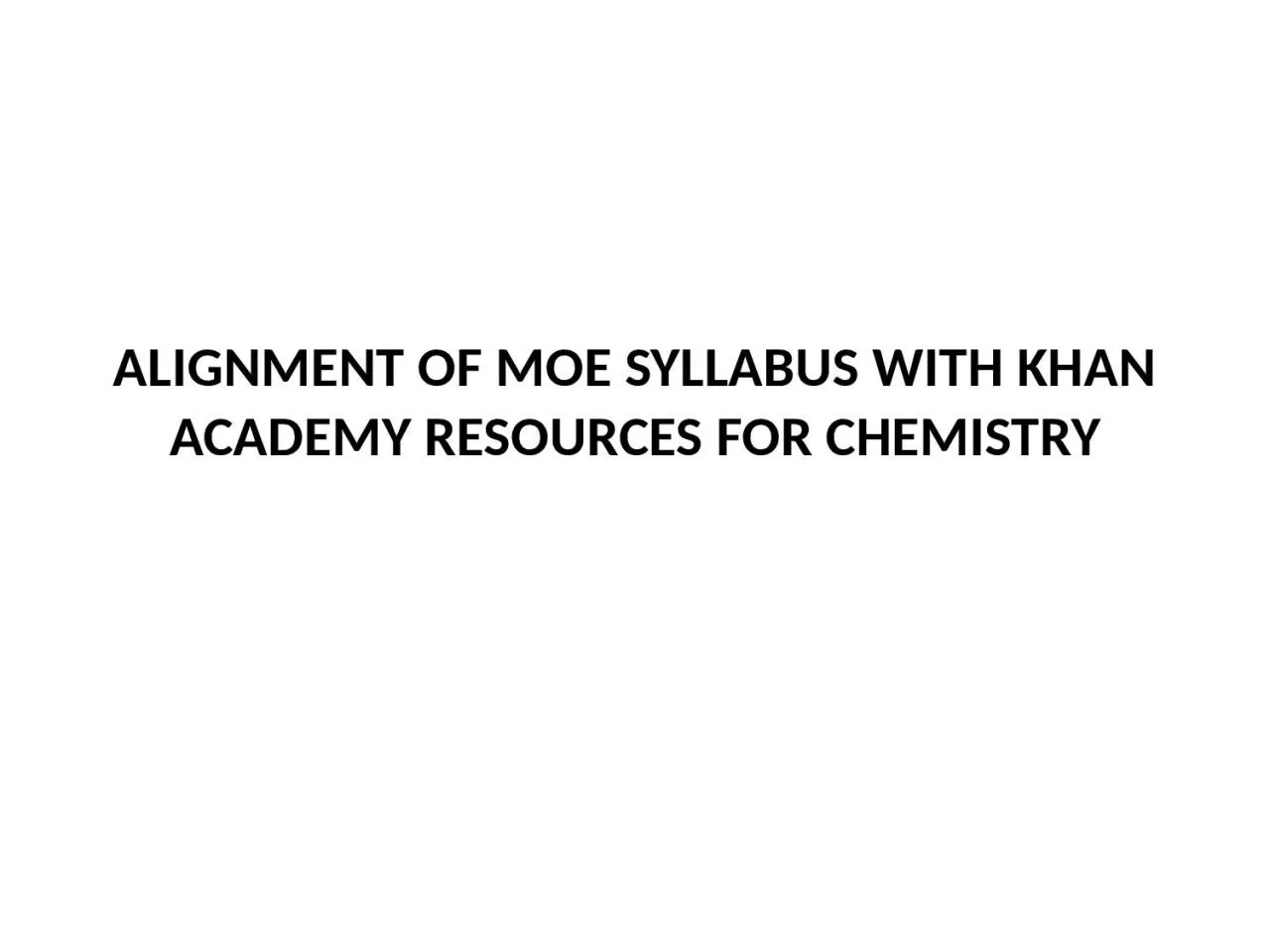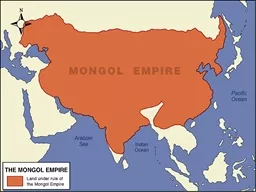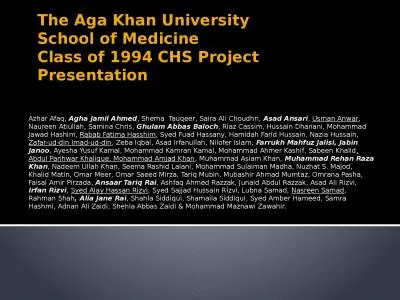PPT-ALIGNMENT OF MOE SYLLABUS WITH KHAN ACADEMY RESOURCES FOR CHEMISTRY
Author : cadie | Published Date : 2024-01-29
SCOPE OF CONTENT OF MOEGES CHEMISTRY SYLLABUS THE SCOPE OF THE SYLLABUS IS TO OFFER CHEMISTRY REQUIRED TO PROMOTE AN UNDERSTANDING OF THE CHEMICAL PROCESSES TAKING
Presentation Embed Code
Download Presentation
Download Presentation The PPT/PDF document "ALIGNMENT OF MOE SYLLABUS WITH KHAN ACAD..." is the property of its rightful owner. Permission is granted to download and print the materials on this website for personal, non-commercial use only, and to display it on your personal computer provided you do not modify the materials and that you retain all copyright notices contained in the materials. By downloading content from our website, you accept the terms of this agreement.
ALIGNMENT OF MOE SYLLABUS WITH KHAN ACADEMY RESOURCES FOR CHEMISTRY: Transcript
Download Rules Of Document
"ALIGNMENT OF MOE SYLLABUS WITH KHAN ACADEMY RESOURCES FOR CHEMISTRY"The content belongs to its owner. You may download and print it for personal use, without modification, and keep all copyright notices. By downloading, you agree to these terms.
Related Documents














